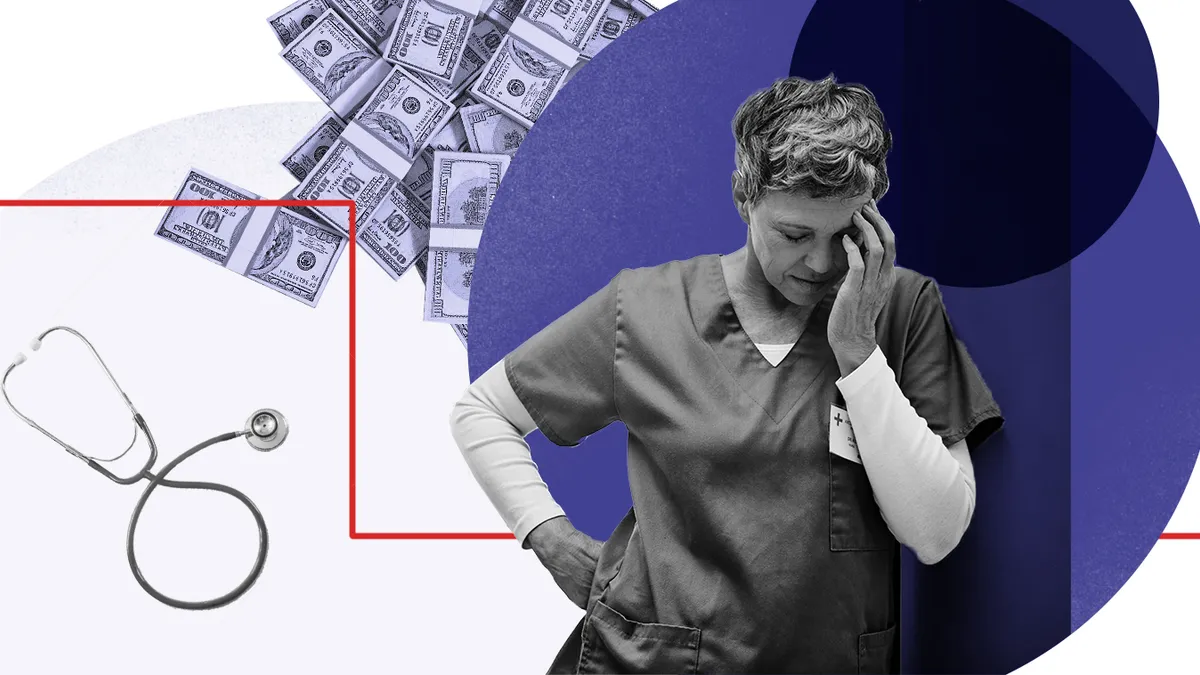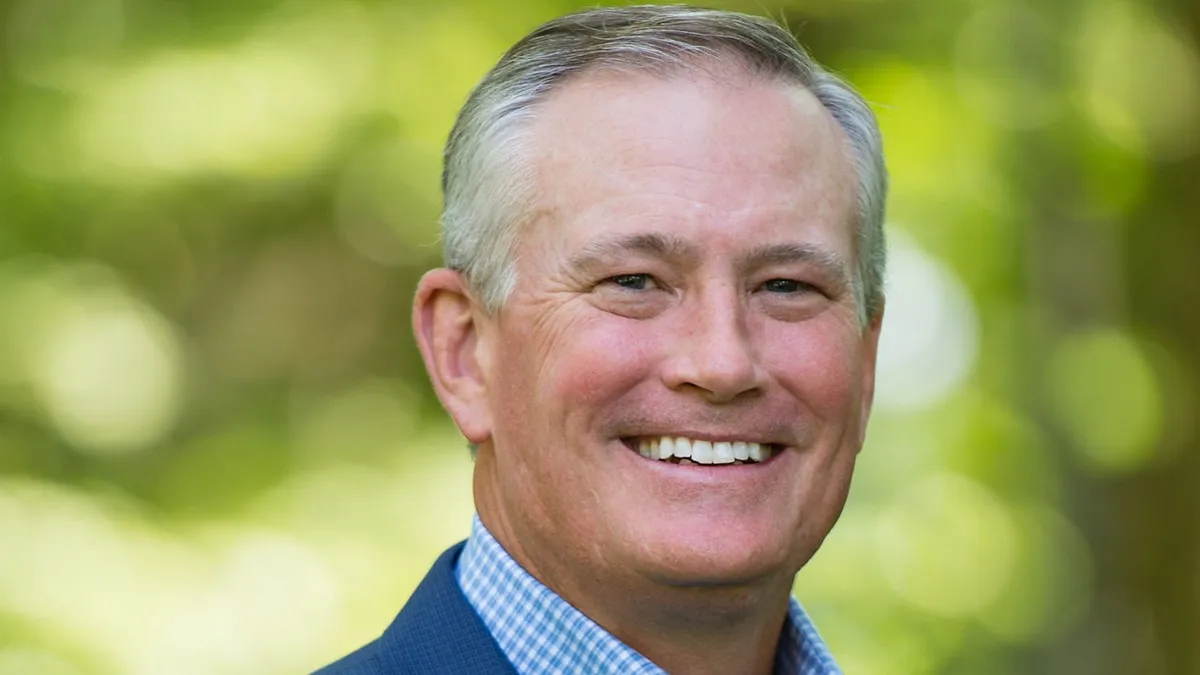A year since COVID-19 hit U.S. shores, the pandemic is still raging as deaths and cases strain hospital resources.
Amid the scrambling, however, providers and payers are adjusting to a new normal likely to continue for months if not beyond. Though arrival of vaccines has prompted hope, the rollout has been slow and fragmented, left up to each state to decide how to disseminate the shots.
And the deadly pandemic has spurred historic job losses and economic upheaval, which will have lingering effects on the health sector for some time.
These factors have accelerated moves to value-based care and led some providers to inquire about partnering or acquiring insurance assets as the pandemic exposed the risk of relying on fee-for-service models. At the same time, consumers are likely to seek continued access to telehealth, made widely available as an alternative to in-person care.
The pandemic also served as a grim reminder of the stark health inequities that exist in the U.S., as the novel coronavirus has disproportionately infected and killed people of color. Healthcare executives will attempt to close gaps.
As President Joe Biden takes the helm of the federal government, Democrats will control the White House and Congress. But even with control of the Hill, experts don't expect sweeping healthcare legislation to pass due to the razor-thin margins in the Senate, competing priorities and other factors.
Here are four big trends that will be likely to play out in 2021.
Accelerating value-based arrangements and insurer partnerships
Providers — especially those heavily reliant on fee-for-service reimbursement — were walloped last year when they were forced to halt services to help stem the spread of the virus.
Though, if there is an upside, it may have given the extra push providers need to jump into more value-based payment arrangements, a move many hope will ultimately curb health spending in the U.S. as payers reimburse for improved outcomes as opposed to volume.
"One of the greatest ironies in all this is that because of COVID-19, people are realizing that there's just as much — if not more — risk in staying in an antiquated, fee-for-service model than there is in embracing an alternative," Rita Numerof, president of Numerof and Associates, said.
At the same time, as a result of the challenges from the pandemic, health systems have openly acknowledged they are on the hunt for health insurer deals and partnerships.
A recent report from consultancy firm Kaufman Hall echoes that sentiment, noting it expects a drive in payer-provider partnerships as a result of the pandemic.
And other health leaders have touted the benefits of being a fully-integrated health system as it provided them a diversified revenue stream to weather the pandemic.
The shift toward value will force providers to move further upstream, experts said, focusing more on how to keep patients healthy and less on sick care.
"We are going to get to the point where people are going to ask questions about, 'well, it's great that you took care of that patient and what they needed when they came in. But, you know ... what could you have done to prevent that patient from coming in, in the first place?'" Anu Singh, managing director and the leader of the mergers, acquisitions and partnerships practice at Kaufman Hall, said.
Payer shift, erosion in commercial plans
The pandemic spurred historic and staggering job losses, a concerning outcome for a nation whose workers tend to rely on their employers for health insurance coverage.
Not every job resulted in a loss of coverage as some employers furloughed workers so they (and their dependents) could maintain insurance amid a global pandemic. But early estimates show that as many as 14.6 million may have lost insurance coverage. Some experts expect it will be the greatest loss of coverage ever recorded.
As such, provider executives are bracing for an increase in Medicaid and self-pay patients over the next year. A rise in these types of patients will likely pose a financial strain for providers that prize patients with commercial coverage due to the higher reimbursement rates compared with government programs.
At the same time, as more people lose coverage and turn to programs such as Medicaid, states will see their rolls grow at a time when state budgets are strapped, putting pressure on lawmakers to reduce spending in this area.
For some payers, like Molina and Centene, that dynamic will be a tailwind as their core business is selling Medicaid and marketplace coverage. At the same time, states have suspended redeterminations, halting kicking Medicaid members off the program during the pandemic, which has led to continued growth for these payers.
"Suspension of redetermination is a real catalyst for membership growth," Molina CEO Joe Zubretsky said during the annual J.P. Morgan conference last week. The payer added 100,000 Medicaid members in the fourth quarter as a result.
But for other insurers like UnitedHealthcare and Anthem, the trend threatens to erode their large commercial bases.
UnitedHealthcare did experience a decline in its commercial base during the fourth quarter, though it was a smaller dip compared with previous quarters last year.
Early January membership tallies are "supportive of positive commercial growth in 2021," UnitedHealth CFO John Rex told investors Wednesday.
On the other hand, the cost of claims are likely to rise as patients return for care they put off, potentially sicker due to deferring care. For insurers, that means spending more on care, but the question is by how much.
Continued focus on telehealth
The pandemic resulted in a surge of telehealth appointments as doctors, health systems and patients were either forced to curb in-person interactions or opted for online meetings amid the worsening pandemic.
Many in the industry have acknowledged it will be hard to dial back this offering after ushering in such prolific access for patients, many of whom crave easier and speedy access to appointments.
CommonSpirit, one of the nation's largest health systems, conducted more than one million virtual visits in 2020, according to CEO Lloyd Dean. To put that into context, CommonSpirit recorded 1.5 million adjusted admissions, nearly 3.7 million ER visits, and 24.4 million outpatient visits during its latest fiscal year ended June 30.
However, experts worry these types of visits could lead to overuse and an accompanying explosion in costs, especially for public programs like Medicare, which already faces financing challenges in the near-term.
Members of the influential advisory committee overseeing Medicare have openly expressed such concerns as they help shape future payment policies around telehealth.
"Demand for telehealth likely will remain above pre-pandemic utilization levels as consumers recognize the convenience of digital services; health systems will need to adapt to a new balance between virtual and in-person visits," consultancy Kaufman Hall said in one of its latest reports.
Tackling inequity
The global pandemic has further exposed the deep inequities in the nation's healthcare system as people of color are dying at higher rates than their White counterparts.
It has forced a reckoning in the healthcare industry.
Leaders from some of the nation's largest health systems vowed to do their part to improve health outcomes, particularly in more vulnerable communities.
Dean said deep-rooted disparities and racial inequities continue to prevent millions from accessing healthcare. It's why his organization has pledged to improve training opportunities for Black physicians while at the same time improving access to Black physicians.
To achieve this, CommonSpirit recently announced a 10-year, $100 million partnership with Morehouse School of Medicine, a historically black college.
"People must have access to health care ... the system must achieve more equitable and sustainable outcomes," Dean, one of the few Black CEOs leading a large health system, said at J.P. Morgan's recent conference.
Salt Lake City, Utah-based Intermountain Healthcare also pledged to tackle issues of inequity.
CEO Marc Harrison said about 2% of the organization's investments are now funneled toward "social impact investing," which has so far resulted in the creation of 500 affordable housing units.
Even U.S. News and World Report — the outlet well known for ranking the nation's hospitals — is vowing to measure hospital performance on health equity by focusing on access, outcomes and social determinants of health. Ben Harder, managing editor and chief of health analysis for the outlet, said, "lack of equity is the problematic reality of American healthcare," and acknowledged the task is far from easy.


















